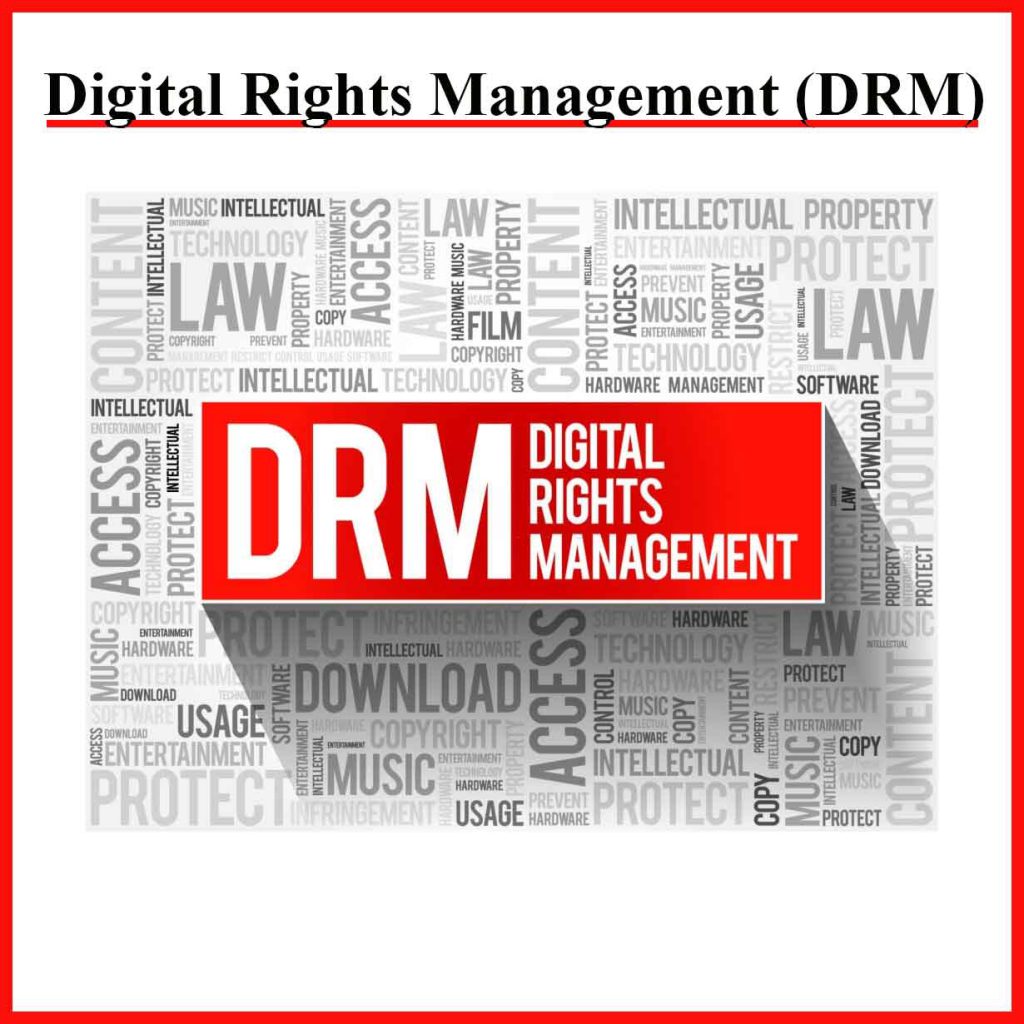Contents
Digital Rights Management (DRM)

Every author has to take steps to protect themselves from copyright and issues with piracy. One of the options available to eBook authors is the use of Digital Rights Management to protect their content. But what exactly is it, and how does it work in practice? Does it really offer authors the protection they need? Or is Digital Rights Management not as effective as initially hoped? Let’s take a look now.
What is DRM?
Digital Rights Management [DRM for short] controls how you can share your eBook. For instance, you will notice that after you’ve downloaded an eBook from Kindle, you can’t just share it with all of your friends and family members. This is because of the DRM that limits its distribution. Not every eBook has a DRM, and many authors choose not to have them on their work. We will delve more into this in the following sections.
How does it work?
A DRM is like a hidden layer of protection that comes with your eBook. In theory, it stops people from pirating your work and sharing it freely. There are several types of DRM, including Apple’s FairPlay system, which means that products purchased from the iBookstore are incompatible with other devices. Each DRM comes with a unique code, which is how it prevents your eBook from being passed from device to device.
Are DRMs effective?
Generally speaking, DRMs aren’t as effective as one would hope. This is mainly because all of the DRMs that are currently in place have been cracked. This means that if someone really wants to pirate your eBook, they can utilize third-party software to remove the DRM from your eBook file and share it freely if they so wish.
Should I bother with a DRM for my eBook?
This is totally up to you. But since it can be removed easily, it’s worth noting how it can unfairly restrict someone for perfectly legitimate reasons. For instance, if a customer spent a few years purchasing books for Kindle but decided to switch to an Apple iPad, they would not be able to transfer the books they bought on Kindle as a result of the DRM that’s in place. This can be highly frustrating for eBook readers.
Do DRMs cause more issues than they solve?
Often, yes. If you wish to implement a DRM on your own, it can be prohibitively expensive. What’s more, many customers avoid purchasing books with a DRM as they often believe them to be more hassle than they’re worth. Instead of worrying too much about your book being pirated and becoming widely available for free, you should spend your energy focusing on how best to attract readers to download your eBook in the first place.
Closing thoughts.
While the premise of a DRM is undoubtedly positive, in practice, it’s not an overly effective way of protecting your eBook from piracy. DRMs are easily removed if someone wishes to pirate your work, meaning that they’re often a lot more hassle than they’re worth. Equally, if you’re a new author, you should focus on engaging with your readers and making your book widely available instead of worrying too much about piracy.
